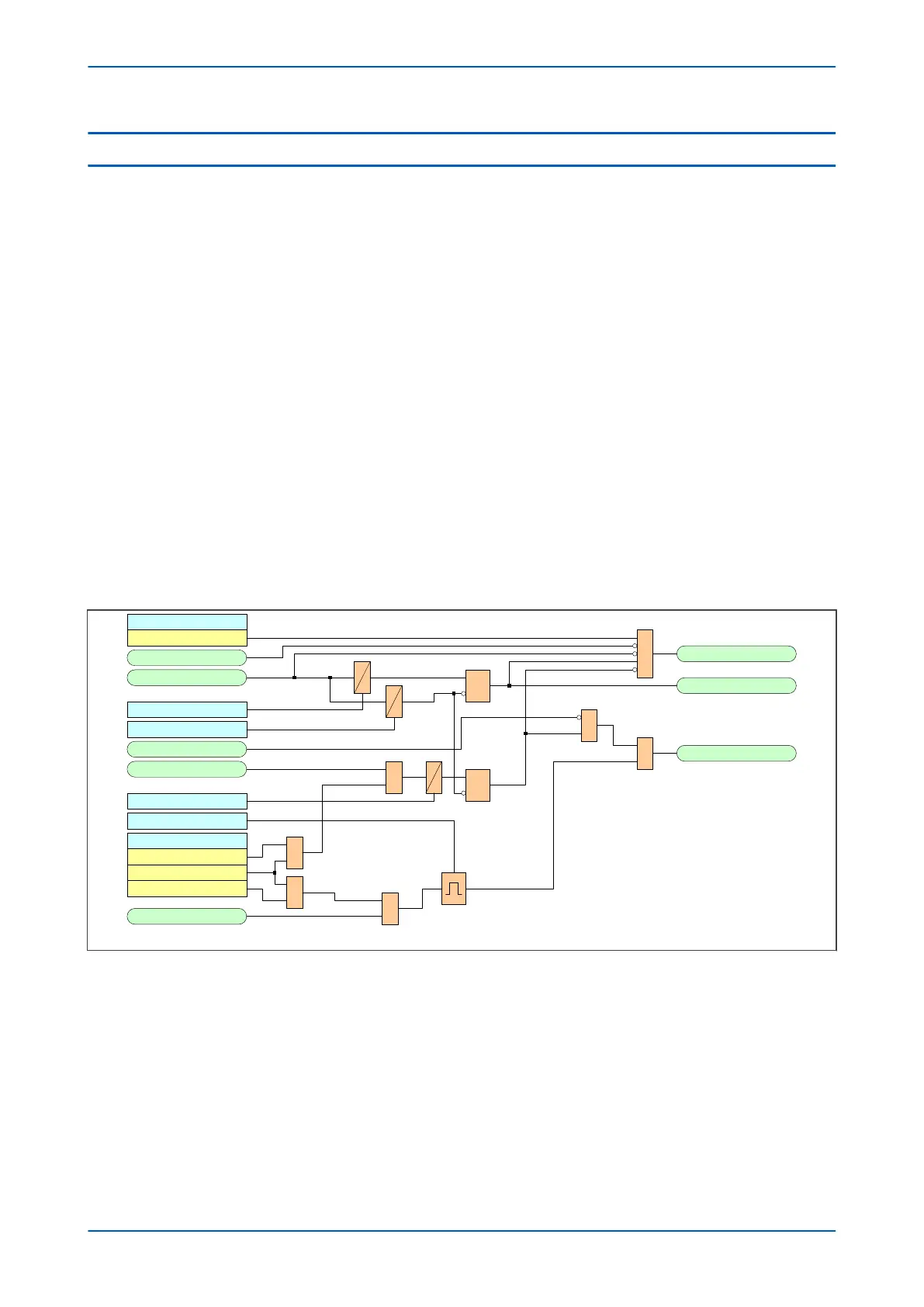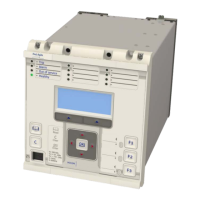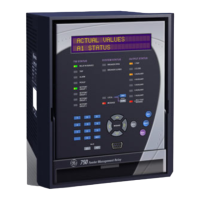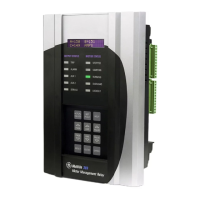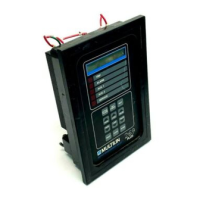4 TRIP ON CLOSE SCHEMES
Logic is provided for situations where special tripping may be necessary following closure of the associated circuit
breaker. Two cases of Trip on Close (TOC) logic are catered for:
● Switch on to Fault (SOTF).
● Trip on Reclose (TOR)
SOTF provides instantaneous operation of selected elements if a fault is present when manual closure of the circuit
breaker is performed.
TOR provides instantaneous operation of selected elements if a persistent fault is present when the circuit breaker
attempts autoreclosure
The SOTF and TOR functions are known as Trip on Close logic. Both methods operate in parallel if mapped to the
SOTF and TOR Tripping matrix in the setting file.
The settings for Switch on to Fault (SOTF) and Trip on Reclose (TOR) are located in the TRIP ON CLOSE section of the
SCHEME LOGIC column.
SOTF and TOR are complemented by Current No Voltage level detectors (also known as CNV level detectors). These
CNV level detectors are set using the voltage and current settings located in the CB FAIL & P.DEAD column. The
same settings are used for pole dead logic detection. A 20ms time delay in the logic avoids a possible race
between very fast overvoltage and undercurrent level detectors.
The following figures show the Trip On Close function in relation to the Distance zones and the Trip On Close
function when driven by Current No Volt level detectors.
V02742
Inhibit TOR
Set SOTF
SOTF Delay
TOR Active
TOC Active
SOTF Active
R
Q
S
1
&
TOR Status
Enabled
Inhibit SOTF
All Poles Dead
Any Pole Dead
TOC Delay
TOC Reset Delay
R
Q
S
&
&
SOTF Status
Enabled PoleDead
Enabled ExtPulse
En Pdead + Pulse
1
1
&
SOTF Pulse
485
891
890
486
488
878
877
879
Figure 107: Trip On Close logic
P446SV Chapter 9 - Non-Aided Schemes
P446SV-TM-EN-1 217
